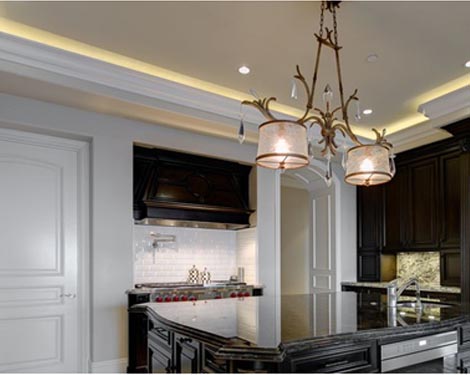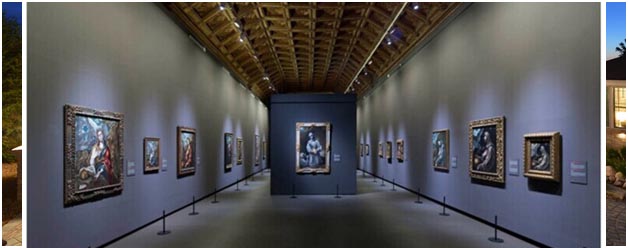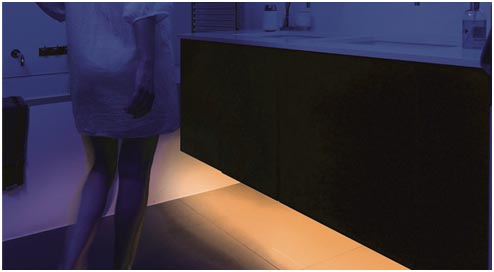LED and other technologies have revolutionised the lighting industry. We now have more options, more value, less energy use, and more synergy and integration in our lighting ranges than ever before. We all know LED lights use vastly less electricity and last a great deal longer than incandescent and CFL lights, but here are some interesting things you probably didn’t know about LED and other lighting technologies.

- LEDs are all about visibility: There’s one main reason LEDs use approximately 80 per cent less energy than incandescent/halogen lights: They use all the electricity to generate visible light. All the light that comes from an LED is at a wavelength we can actually see; there is no wastage. Incandescent, halogen and CFL lights produce mostly light we can’t see. That is, only 15 per cent of the energy becomes physical light, the rest is heat, infra-red, ultra-violet, and various other by-products that are not visible light.

2. Insects don’t like LEDs: Bugs love porch or verandah lights.This is one of the consequences of the IR and UV light that is produced by fluorescent and incandescent lights. LED light, while not completely eliminating the attraction (bugs still like normal light too), will greatly reduce your bug and moth problem.

3. LEDs go easy on their surroundings: Another advantage of LEDs not emitting IR and UV radiation is how gentle they are on paintings, manuscripts, and pretty much everything really old. Museums and art galleries around the world were early adopters of LED. The UV and IR of previous types of light fittings actually damaged centuries-old paintings and materials. LED means they can not only light them brighter and for longer, they also have control over color temperature, and all while protecting and preserving these valuable artefacts.

4. Lighting sensors have evolved: For place like pantries, laundries, bathroom and utility rooms, sensors can be installed instead of a switch. In other rooms, you may not have the sensor turn on the light, but the greatest advantage of sensors is they can run a timer to turn off the light. Therefore when someone leaves a room, after a predetermined time of 5 or 10 minutes, the light is turned off. If you re-enter the room before the light goes off, then the timer is re-triggered and starts again. Essentially, empty rooms will automatically turn off the light after a set amount of time, saving energy, money, and your sanity.

5. Lights can adapt to the daylight: It’s very common in new office buildings to utilize ‘daylight harvesting’, and it’s quite an amazing technology. Light level sensors are installed throughout, then when the daylight coming through the windows is less than the designated light level, lights are automatically turned on and are dimmed to a level that brings the ambient light up to that pre-determined level. On a bright, sunny day the lights may be dimmed to 5 or 10 per cent; on a cloudy or rainy day the lights may need to run at 80 or 90 per cent, so overall we are using way less energy.
Technology can be a beautiful thing, and when it saves energy as well as significantly improving the functionality and livability of your home, it’s well worth considering if you’re building a new house. Full lighting control systems can make a home simpler (you decide which switches control which lights), more flexible (change your mind, change your programming), and more beautiful (dimming, mood lighting, architectural lighting).



















Your Message